A Manitoba Sand Dunes Wagon Ride
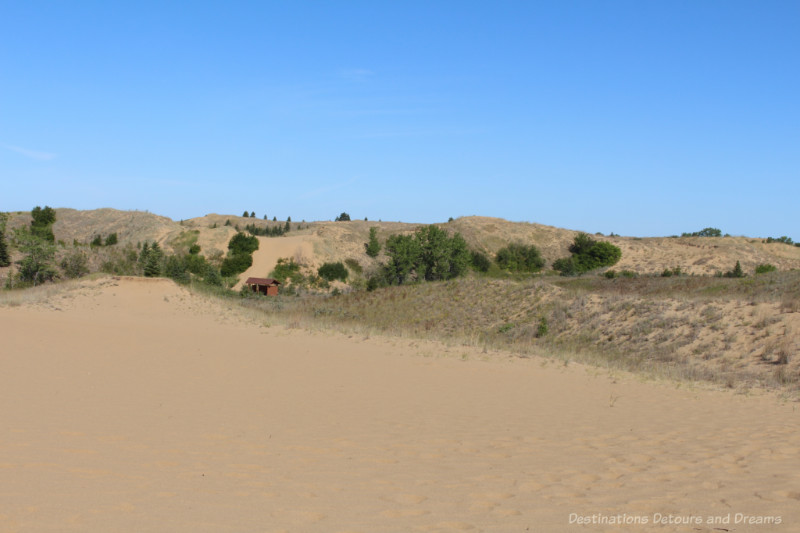
Visiting the sand dunes of Spirit Sands in Manitoba, Canada
(Last updated September 2022)
You’ll find a variety of landscapes in the Canadian province of Manitoba including prairie, forests, lakes, rock, and tundra, but you might not expect to find sand dunes. Spirit Sands, located two hours west of Winnipeg in Spruce Woods Provincial Park, is truly unique. I toured this interesting area on a horse-drawn wagon with Spirit Sands Wagon Outfitters.
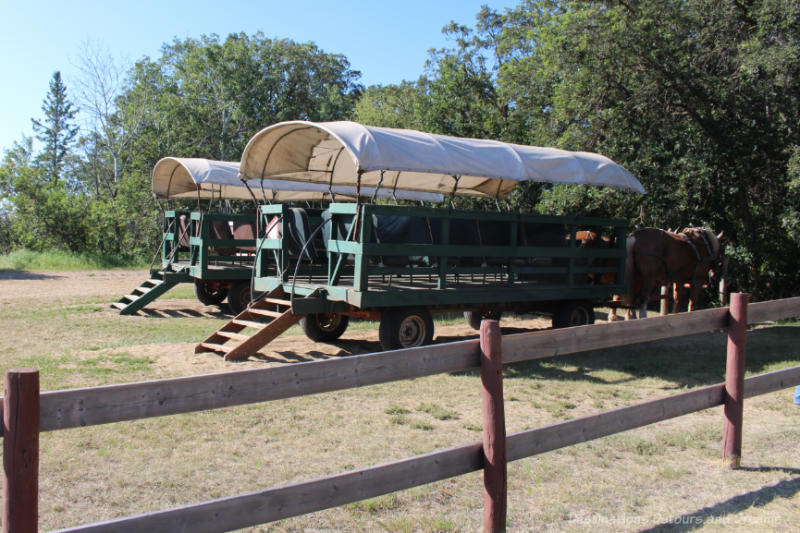
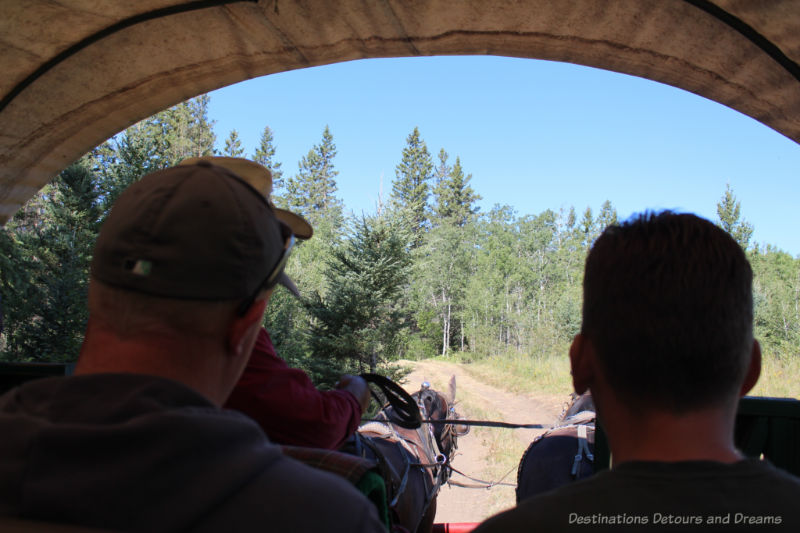 On the trail as the tour begins
On the trail as the tour begins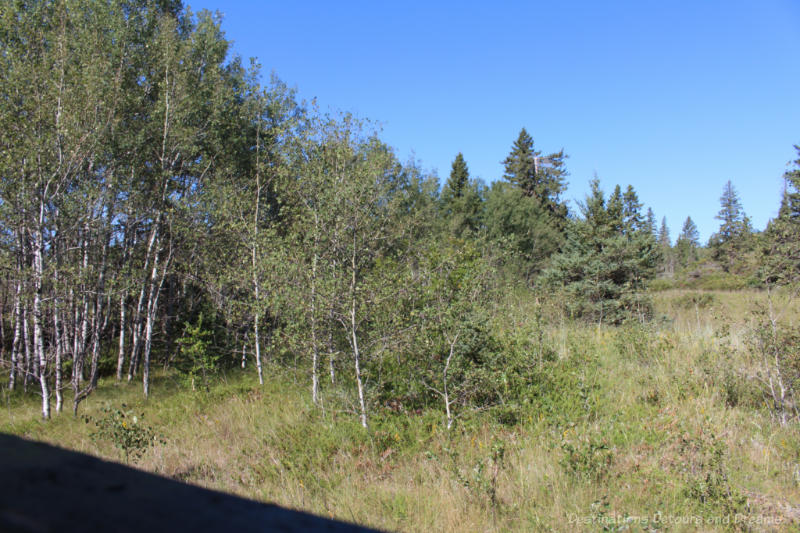 Aspen and spruce
Aspen and spruceThe area had its beginning more than 15,000 years ago. The Assiniboine River, larger than it is today, created an enormous delta as it brought glacial meltwaters into ancient Lake Agassiz. Only four square kilometres of the original 6,500 square kilometres of delta sand remain. The rest is covered with a variety of plants.
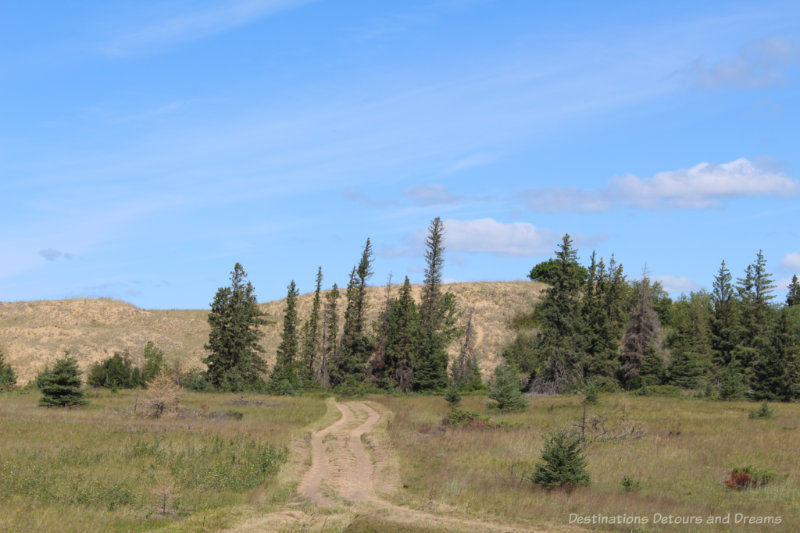
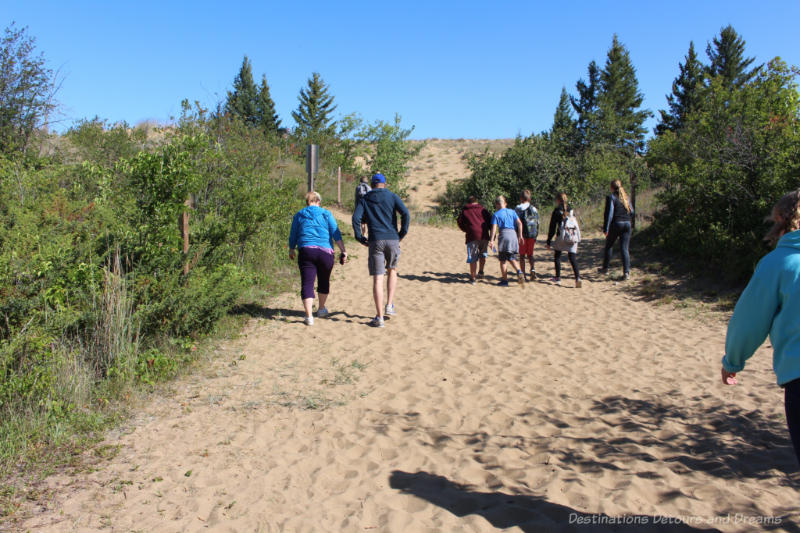
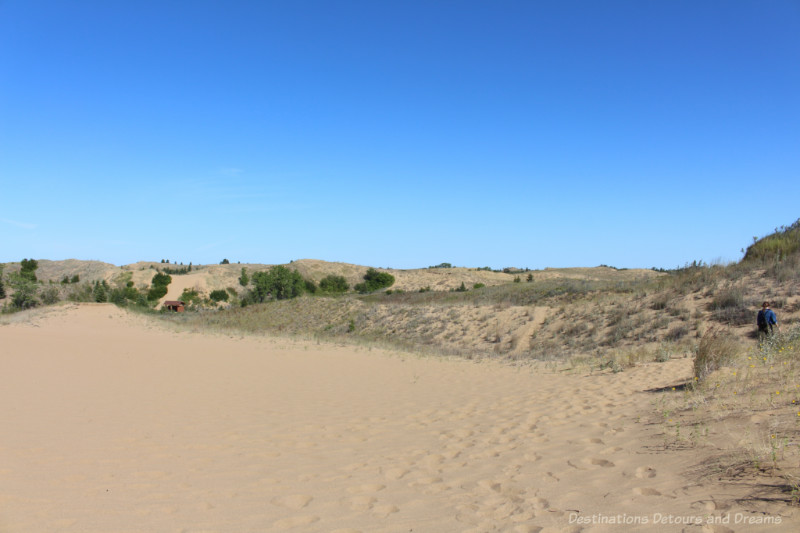 Sand vista
Sand vistaThe landscape looks like a desert, but the annual moisture received is nearly double that received in a true desert region. This moisture enables plants to grow over the dunes, decreasing the open sand area. Lance, our guide, commented how plants covered more of the dunes each year.
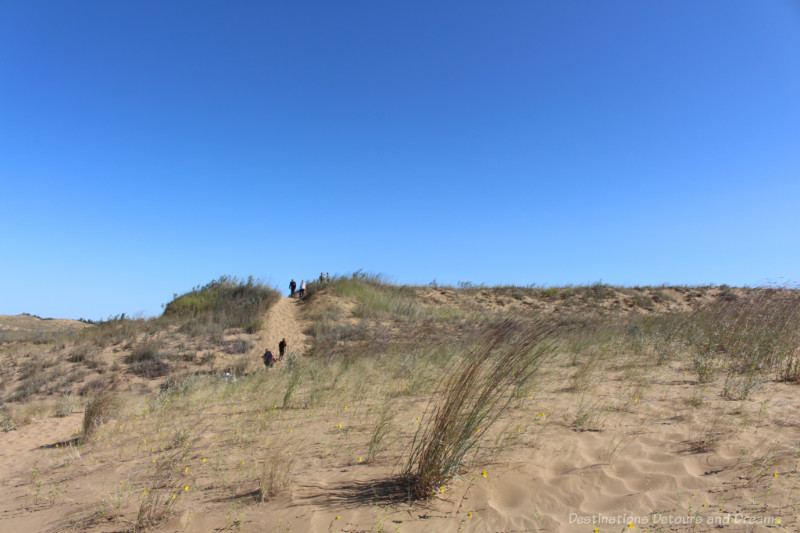
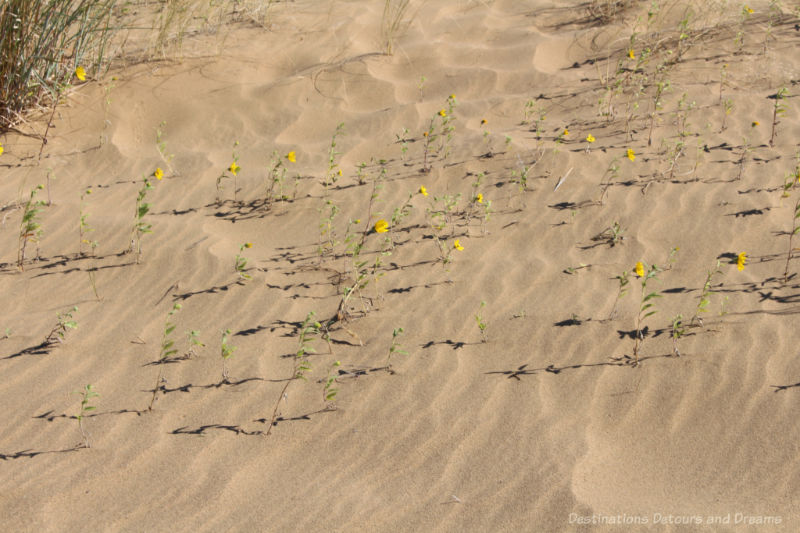 Flowers in the sand
Flowers in the sandLance pointed out various native plants as we rode along and told us how indigenous peoples used them for food, medicine, and other uses.
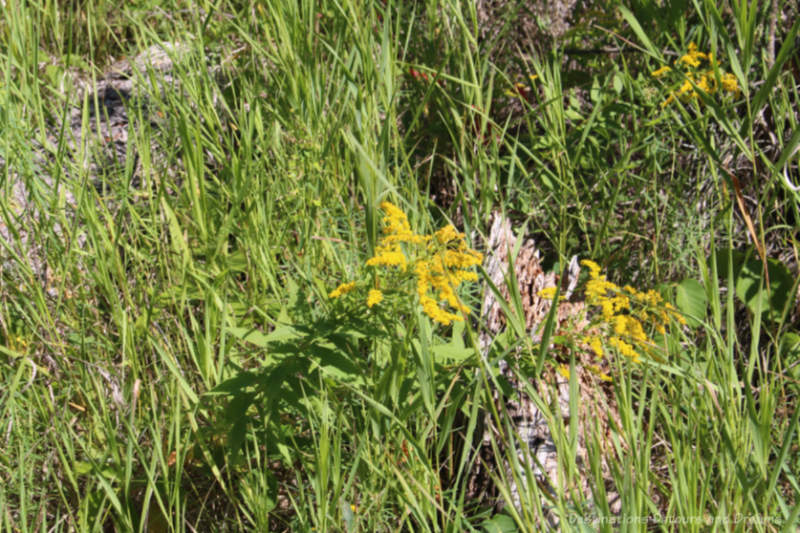
Lance also told us about the wildlife in the area. (We did not see any on this trip.) The wildlife includes animals you’d see in other parts of the province, like deer, elk, and coyote, but there are also two animals unique to Spirit Sands. The Hognose Snake resembles a rattlesnake. It is not poisonous, but will strike if harassed. It can be found around the edges of the dunes. The Northern Prairie Skink is a lizard. Skinks stay near the ground and spend most of their time hidden under cover. They retreat into burrows at night. A woman on the wagon tour said that although she hadn’t seen the skink, she’d seen skink “tracks” in the sand the previous day. She showed me the photo she’d taken of its winding trail.
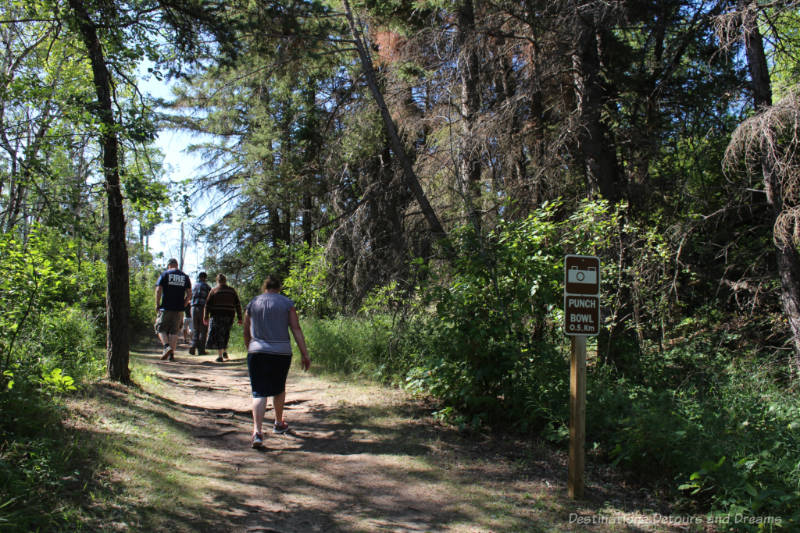
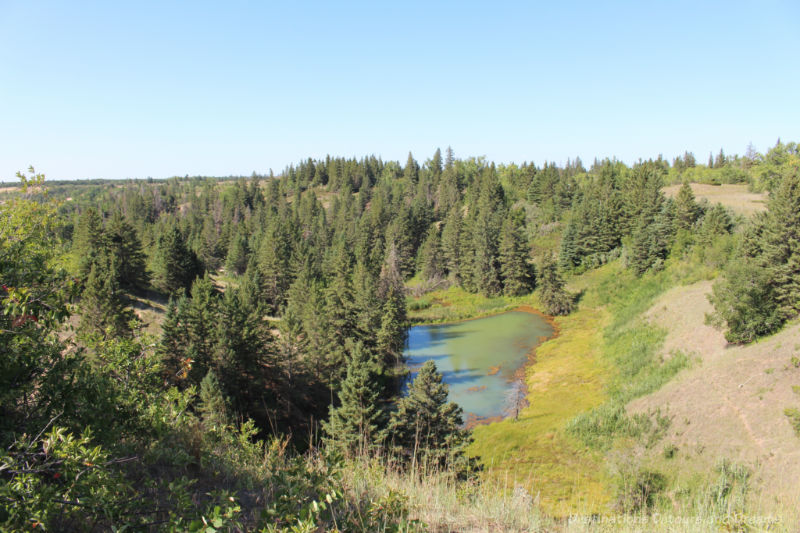 Devil’s Punch Bowl
Devil’s Punch BowlOur next stop was Devil’s Punch Bowl. Hundreds of years ago, as underground springs trickled into the Assiniboine River, they eroded sections of the high banks and slowly carried sand downstream. As the sandbanks collapsed, they formed a bowl-shaped depression. The bowl has moved backwards from the river over time. It is not the same shape or in the same location it was hundreds of years ago. The Devil’s Punch Bowl is ever-changing.
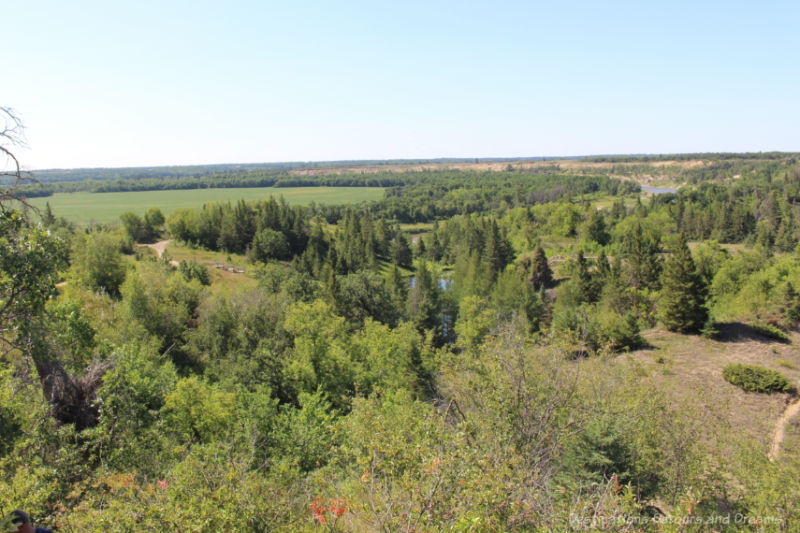
Spirit Sands is located on the western edge of Spruce Woods Provincial Park, accessible from Provincial Trunk Highway 5 between Highway 1 and P.T.H. 2. There are self-guided hiking trails running through Spirit Sands.
In August 2022, Spruce Woods became the first place in Manitoba to be designated as a dark-sky preserve by the Royal Astronomical Society of Canada. That classification recognizes a commitment to preserving nighttime ecosystems and educating visitors about light pollution. Spruce Wood s is known for attracting amateur stargazers and professional astronomers because of its high-quality night skies.
Spirit Sands Wagon Outfitters operate 3 wagon tours daily through July and August. The tour runs one hour and forty-five minutes. There is some walking involved. I found the walk through the sand up the dune difficult, but the walk to the Devil’s Punch Bowl viewing platform easy. There are a few stairs at the platform.
Never miss a story. Sign up for Destinations Detours and Dreams free monthly e-newsletter and receive behind-the-scenes information and sneak peaks ahead.
PIN IT
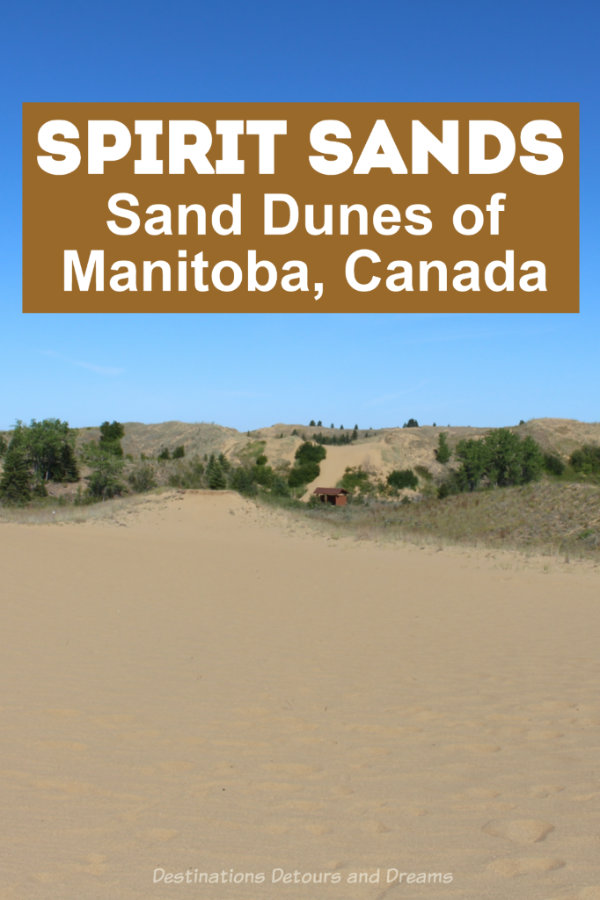

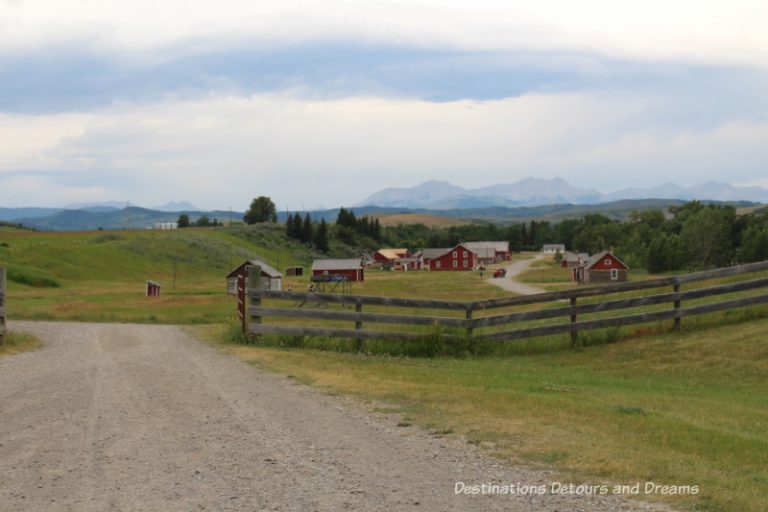

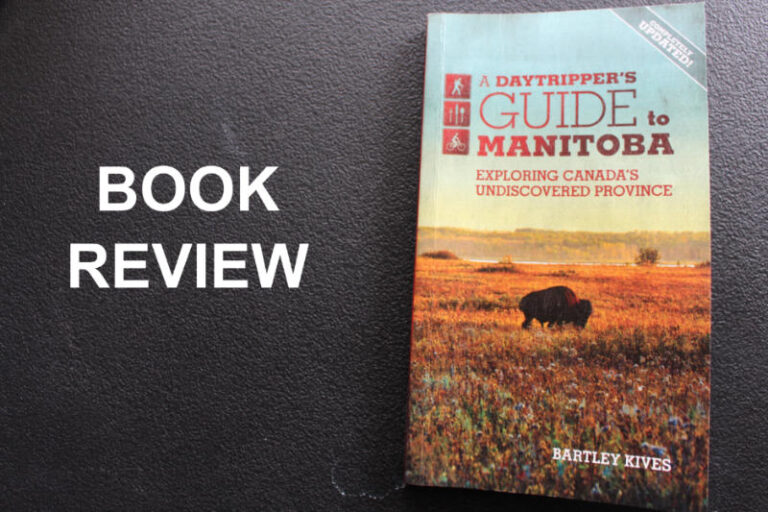
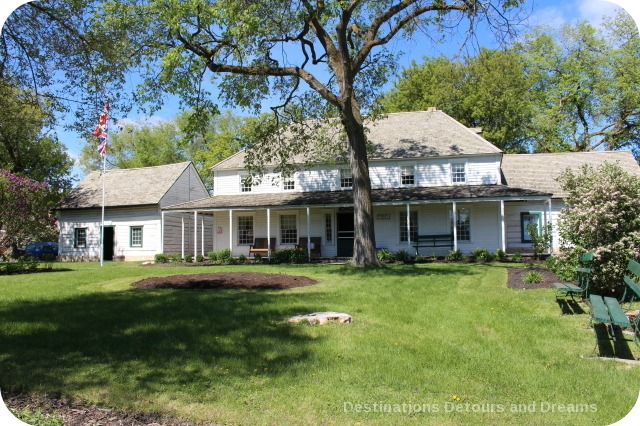
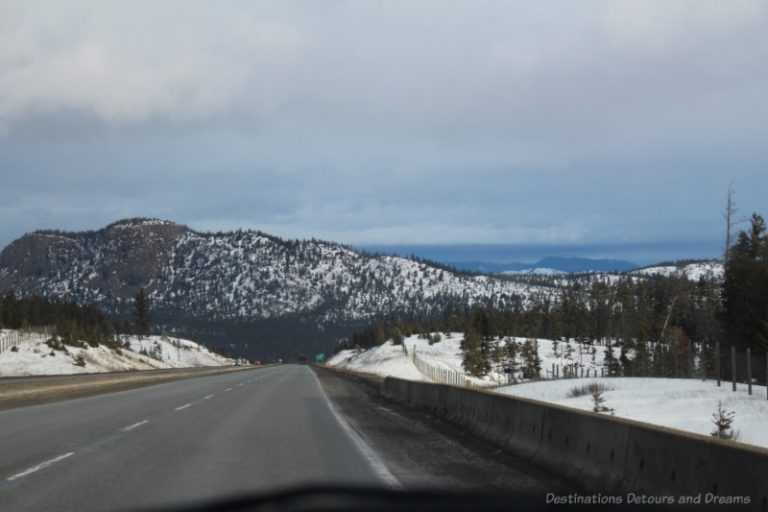

Awesome experience! Highly recommended.
Terry, it was fun. Thanks for coming with me.
Interesting to see the pictures of vegetation growing in the sand. Wonder what the long term impact of more and more vegetation will be.
Ken, the size of the sand dunes will shrink over time as vegetation encroaches. I came across an article from 2013 that said this was part of natural succession. A study in the late 1990s found the size had shrunk 10-20% over the previous 4 decades. Head of conservation for the province of Manitoba said there were several factors contributing to this: warmer climate, more precipitation, lower wind speeds, no large bison grazing in the area, no intense wildfires. The same article said that the province had considered a number of measures to preserve the sand dunes, including chemical herbicides, lighting a prairie wildfire, and weeding by hand, but for now seem to be letting nature take its course.
Nice to see Spruce Sands again. I am curious to find my old photos to see if the Devil’s Punch Bowl has changed over time.
Linda, your comment sent me to my old photo albums. I found a 2001 picture of Devil’s Punch Bowl. it doesn’t look significantly different. I suspect the changes are noticeable over a much, much longer time span.
I know nothing about Manitoba and this looks so fun!
Shelly, it was a lot of fun. This landscape is not at all typical of the rest of Manitoba. It is a small anomaly.
What a fun way to tour the sand dunes! I’ve only been to Montreal (briefly), but Manitoba, with its variety of landscapes, sounds like a great place to experience the Canadian outdoors.
Priscilla, the wagon ride was a fun way to explore the dunes. However, I don’t think spending a full day in one of those wagons (like the pioneers heading west) would be a lot of fun.
Great piece and fun photos!
Thanks Rich.